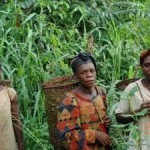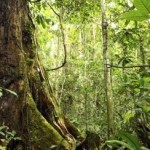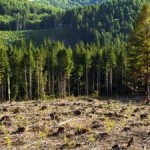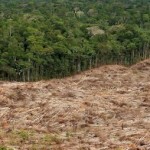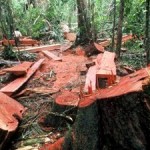The new data could help companies with sustainability commitments in determining which areas to avoid when sourcing commodities like timber, palm oil, beef and soy. This is highly significant as market-led efforts gain further support amid continued lax governance and enforcement in many frontier forest regions.
This analysis is made possible through free public access to satellite imagery provided by the U.S. Geological Survey Landsat program in partnership with NASA. The IFL mapping team processed thousands of Landsat images, along with other information on roads and settlements, to catalogue human activity in previously undisturbed areas.
“Our team developed the IFL concept and mapping method in the late 1990s as a simple and practical tool for mapping and monitoring global forest degradation. Based on freely available satellite data, the method allowed us to map global intact areas for the first time. The year 2000 IFL map provided a global baseline for subsequent forest degradation monitoring. Today we present the results of 13 years of intact forest monitoring performed using the same data source and method to ensure globally consistent results. Monitoring data allows direct quantitative assessment and comparison of natural forest areas degradation at global and national levels. We believe that the global IFL map will help to spur practical conservation planning and action with regard to large undeveloped forest landscapes,” stressed Dr. Peter Potapov, Research Associate Professor, University of Maryland.
To view the Intact Forest Landscape mapping methods and findings, visit:
www.intactforests.org
Source: WRI.
About the Intact Forest Landscapes Mapping Team
The IFL concept and its technical definition were developed in the late 1990s by Greenpeace Russia and Global Forest Watch to help create, implement, and monitor policies to halt or reduce forest degradation at the regional-to-global levels. The GIS Laboratory of Greenpeace, working with WRI and partners in GFW Russia, then developed a practical method for mapping IFL and published the first regional IFL map in 2001, covering Northern European Russia. Global Forest Watch partners then used the method to produce national IFL maps of Russia (2002) and Canada (2003). In 2005-2006, the first global IFL map was completed under the leadership of Greenpeace with contributions from Biodiversity Conservation Center, International Socio-Ecological Union, World Resources Institute, and a number of regional NGOs. The first global map showed the situation around the year 2000. The global map was updated in 2014 by Greenpeace, The University of Maryland, and Transparent World, in collaboration with World Resources Institute and WWF Russia.

